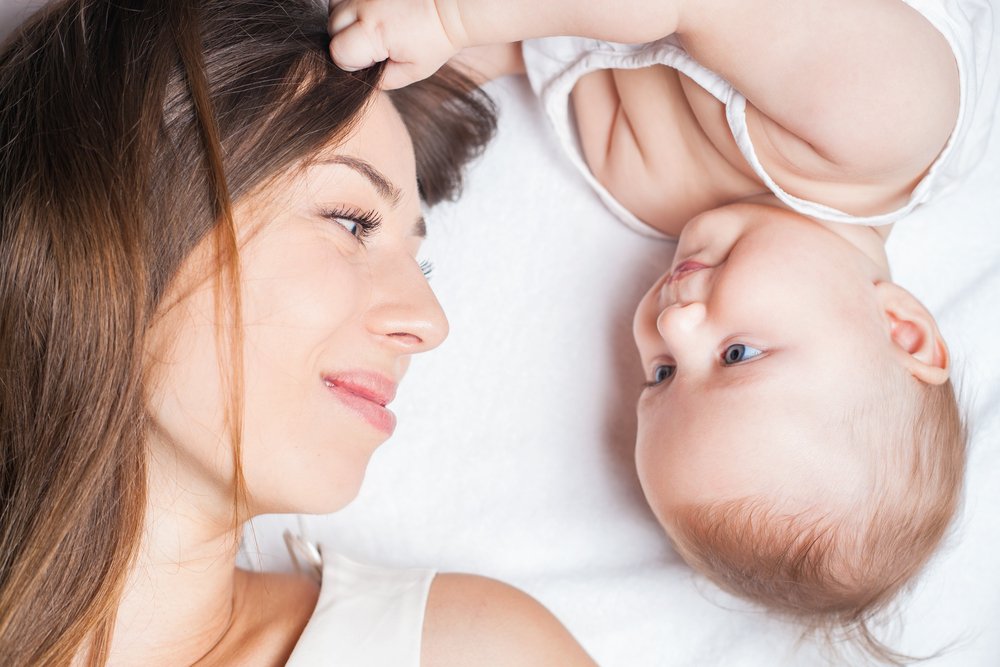Key points:
- Babies initially can’t associate what they see with what they touch due to limited hand coordination.
- Stimulating a baby’s hand coordination involves sensory experiences and visual stimulation.
- Around ten weeks old, babies start discovering the use of their hands and realize they have control over them.
- Promoting vision development and hand coordination in infants involves various strategies, from lighting to interactive toys and textures.
When babies are born, they are not capable of associating what they see with what they touch. You’ll notice that your baby seems to be looking in one direction, but moves their hands towards another. This is because babies younger than two months old don’t understand that their hands are part of them. But don’t worry, there are many ways to stimulate your baby’s hand coordination. Keep reading to learn more!
How do babies discover their hands?
Hand coordination in infants is vital for the development of physical and cognitive skills. Since birth, babies start to learn about their bodies through sucking and grasping.
In babies, the discovery of one’s hands is something that can be stimulated through the senses and it works like a domino effect. Practice this with your baby by showing them and making noise with a rattle. First, its sound will get their attention and then they will focus on the object. As they see the rattle, they will follow its movement and try to reach it with their hands. Once your baby gets the toy, they will begin to notice their own hands.
What happens when your baby discovers their hands?
When your baby is about ten weeks old, they will begin to discover the use of their hands. You’ll notice how they will start focusing on a toy and smile at it. They will then begin to move their hands towards the object in order to reach it. Here is when your little one will understand that they have control over what they can touch and grasp.
Also, the development of your baby’s vision is very important for their hand coordination. The more visually stimulated your child is, the better they will use their hands. That’s why, at three months old, you’ll notice that your little one begins to focus and follows familiar objects with their eyes, recognizes people, and uses their hands in a more coordinated way.
As your baby becomes aware of their environment, they will begin exploring their surroundings. A common behavior and mechanism of self-discovery are the first encounters with the mouth. That’s why anything that is within your baby’s reach will most likely end up in their mouth; it’s their way of exploring the world.
What can you do to stimulate your baby’s vision development and hand coordination?
- Use a nightlight when you put your baby to sleep.
- Change the position of the crib.
- Alternate sides when breastfeeding.
- Hang a mobile above the crib or changing table.
- Expose your baby to toys of different colors
- Show them toys that produce different sounds (rattles, plastic keys etc.).
- Help your baby explore different textures.
- Play Peek-a-boo.








